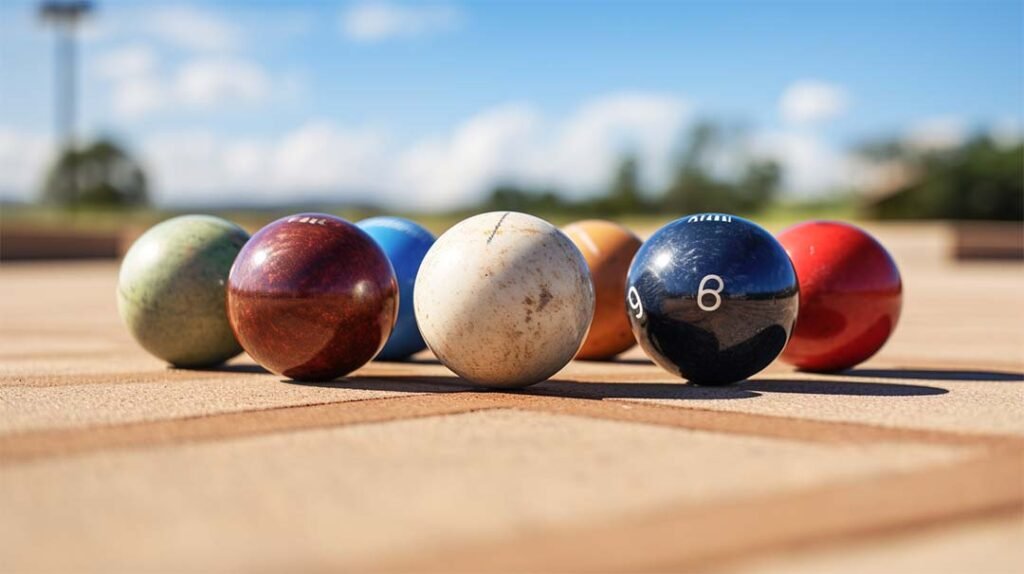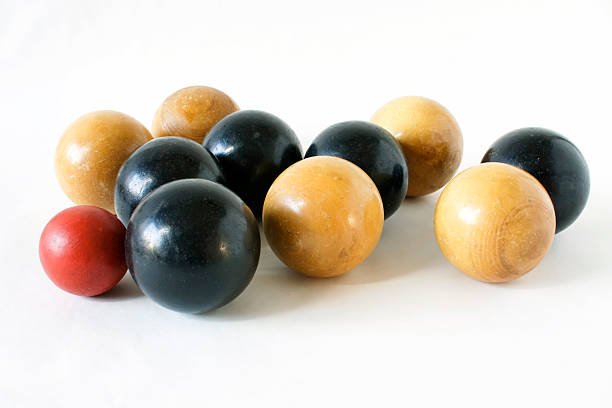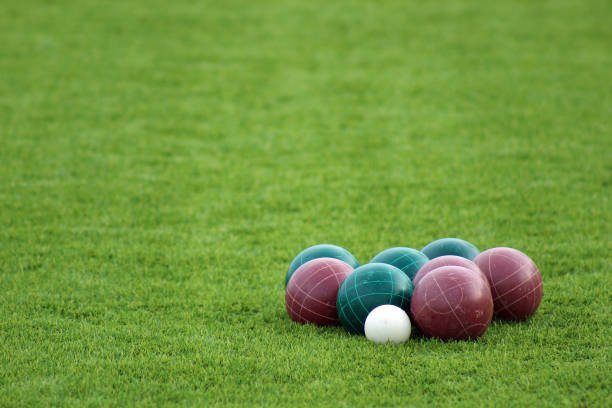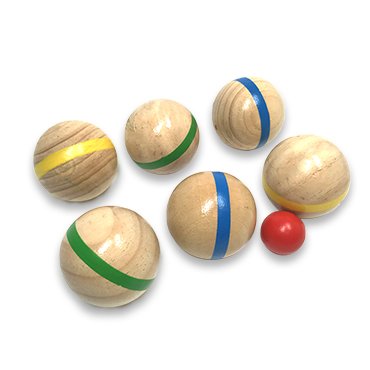
Ever been at a garden party or a park and observed people tossing balls towards a smaller ball, engaging in cheerful competition? This might have made you wonder, “Am I watching bocce ball or petanque?” These games appear strikingly similar, yet they have their own distinct charm and rules.
Bocce ball and petanque are both ball-tossing games with European roots. While they share similarities, they differ in terms of origin, gameplay, equipment, and cultural impact.
Bocce ball, often simply called ‘bocce,’ has roots that trace back to ancient civilizations. The ancient Egyptians, Greeks, and Romans all played versions of bocce. It then flourished in Italy, especially in the northern regions, where it became an integral part of local culture and heritage.
Petanque, on the other hand, is truly a French gem. Originating in the early 20th century in Provence, southern France, it quickly became popular throughout the country, eventually reaching international recognition.

Bocce is typically played on a smooth, flat court made of soil or asphalt. The court’s size can vary, but it’s generally longer than it is wide.
The game begins by tossing a small ball, called the ‘pallino.’ Players or teams then take turns throwing their bocce balls, aiming to get them as close as possible to the pallino. The team with the ball closest to the pallino by the end of the round earns points.
Petanque doesn’t require a dedicated court. It’s usually played on any flat, open space, often on gravel or hard dirt. This makes it more flexible and accessible.
Like bocce, petanque also has a small target ball, called the ‘cochonnet.’ Players stand inside a circle and toss their balls towards the cochonnet. The aim is the same: get as close to the target as possible.
However, in petanque, there’s a twist – players must keep both feet on the ground when throwing, making the technique crucial.

Bocce balls are usually larger and come in a variety of colors. They are made from a composite material or metal, and each player or team has a set of uniquely colored balls to distinguish them from the opponent’s.
Petanque balls, or ‘boules,’ are made of metal and are generally the same size and color. However, they might have different patterns or markings to differentiate them.

While bocce has strong Italian roots, its popularity has spread globally, especially in places with Italian diaspora. Many clubs and leagues across the world now offer bocce, making it a global phenomenon.
Petanque, being a French classic, enjoys immense popularity in France and neighboring countries. Its laid-back nature and easy setup have made it a favorite pastime in parks and beaches across Europe.
Both games, with their rich history and cultural significance, bring people together, fostering community and camaraderie.

Bocce ball and petanque, while sharing the core essence of tossing balls to a target, have their own unique histories, rules, and cultural impacts. Whether you’re leaning towards the Italian charm of bocce or the French allure of petanque, one thing’s for sure: both games promise hours of fun and friendly competition.
Contact Kangjie bulk purchase wooden bocce ball game.
While the games are similar, the balls are different in material and size. It's best to use the specific balls designed for each game.
Bocce courts can vary in size, but there's a general standard. Petanque, however, is more flexible and doesn't require a dedicated court.
Both games can be played with individual players or teams. The number can vary, but typically it's two to four players per side.
No, while they share similarities, lawn bowls and petanque have different rules, techniques, and equipment.
It depends on the region. Bocce is more popular in Italy and places with Italian influences, while petanque is prevalent in France and surrounding areas.
Exploring the world of ball-tossing games opens up avenues of cultural discovery and camaraderie. Whether it’s the sound of a bocce ball rolling on a court or the clang of petanque boules, the joy of play is universal.
Get a free copy of our catalog
Trust our outdoor game experts to deliver premium quality and unbeatable value, on-time and on-budget.
kangjiegardengame.com
Typically replies within minutes
How Can We Assist You Today?
WhatsApp Us
🟢 Online | Privacy policy
WhatsApp us
Get notified about new products
Custom garden games available—our expert design team brings innovative ideas to life.